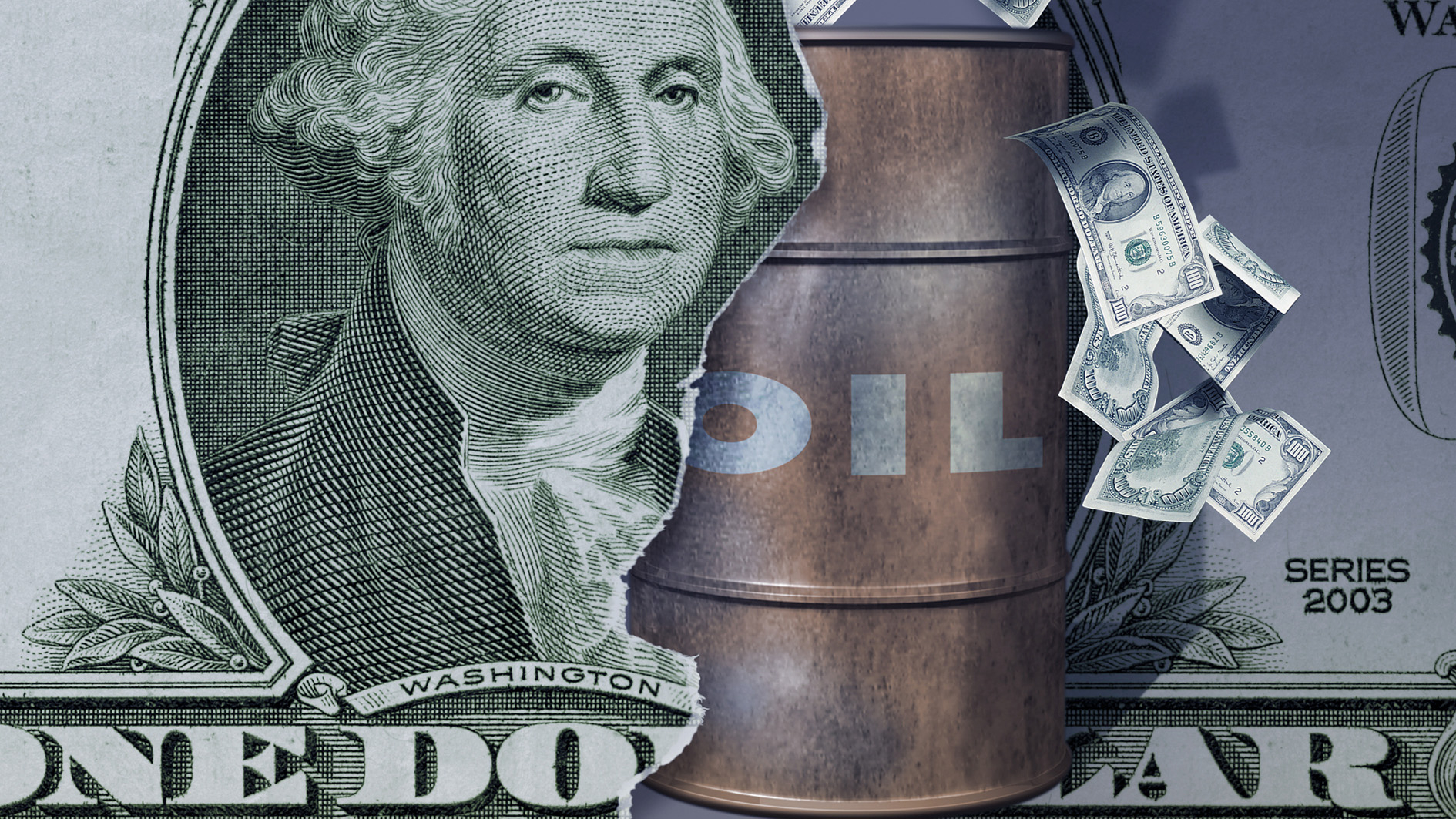
Editor's note: Djoomart Otorbaev is a former prime minister of the Kyrgyz Republic, a distinguished professor of the Belt and Road School of Beijing Normal University, and a member of Nizami Ganjavi International Center. This is the second in his series on the future of oil prices. The article reflects the author's views and not necessarily those of CGTN.
Hydrocarbon-producing countries are serious about the prospects for reducing production and a drop in income from their exports. The price of Urals oil (a reference to oil brand used for the Russian export oil mixture) by 2050 may fall to $26 per barrel, said the head of Russian Sberbank German Gref, speaking at the International Financial Congress. At the same time, the gas price will fall by half. The volume of oil production in Russia at the current rate of decarbonization in the next 30 years will drop three folds, and oil exports may fall 4-6 times.
Bloomberg reported that the United Arab Emirates (UAE) might become the first member of the Organization of Petroleum Exporting Countries (OPEC) to set a target to reach net-zero emissions (NZE) – a move that would not require them to produce and sell less oil. Although the country has been working to diversify its economy since the 1980s, fossil fuels remain its most significant source of revenue, providing about 30 percent of its GDP. According to people familiar with the discussions, the country plans to achieve such a goal by 2050. The plan is to make an announcement ahead of the UN Climate Summit in Glasgow in November. If the UAE decides to do so, it will be the first major oil and gas nation to set such an ambitious climate target.
China is currently one of the largest countries for carbon dioxide emissions, accounting for 10 billion tonnes per year, or 30 percent of total emissions. But the country is determined to change this situation radically. Jiang Xuefeng, deputy director of the Economic & Technical Research Institute, said that, based on his institute's research, the demand for oil in China, including petroleum products, will peak at 5.37 billion barrels per year in 2025 and then decline to 2.28 billion barrels per year by 2050. According to the study, demand for natural gas in China will peak at 550 billion cubic meters per year in 2050, up from 306 billion cubic meters last year.
Under the carbon-neutral scenario, China will reduce its dependence on crude oil imports to less than 40 percent and natural gas to about 30 percent, up from 70 percent and 40 percent last year, respectively. The main drivers of gas demand are electricity generation, commercial and residential use, which will account for 72 percent of total gas demand between 2020 and 2050. The study also shows that annual coal demand will decline to 2.9 billion tonnes in 2030 and 900 million tonnes in 2050, down from 4 billion tonnes last year.
Ding Zhimin, former deputy director of the National Energy Administration's Policy and Law Department, said that a massive 100 to 130 trillion yuan ($15.4 to $20 trillion) would be required to achieve carbon neutrality. Those numbers are much higher than $5 trillion previously predicted by energy consulting firm Wood Mackenzie.

There are severe risks for oil and gas companies, which might need a radical reorientation of their activities. They started investing in renewable technologies a long time ago and are becoming broad-based energy companies. The six "supermajors" – BP, Shell, Chevron, Total, Eni and Exxon – have invested billions in clean energy projects, although the question remains whether they are doing enough. Despite the rise in renewables, major oil companies spent only 1 percent of their total budget in 2018 on green energy schemes. Among the most prominent companies developing detailed plans to achieve NZE are BP, Shell, Total, Repsol, and Equino.
BP recently announced that it was time to wind down its core business. Its plans to produce 30-40 percent less oil and gas by 2030 than it does now. The company has promised to stop hydrocarbon exploration in new countries and increase it tenfold.
A joint analysis by the International Energy Agency (IEA) with the International Monetary Fund showed that under the NZE scenario, total annual energy investment would rise to $5 trillion by 2030, adding annually 0.4 percentage points per year to global GDP growth. The jump in private and public investment will create millions of clean energy jobs, including mechanical engineering, manufacturing, and construction. All of this will increase global GDP by 4 percent by 2030.
Growing challenges to energy security arising from the rising importance of electricity include the volatility of its supply due to the risks associated with the nature of renewable energy generation and cybersecurity issues. In addition, the growing dependence on essential minerals that required critical technologies and clean energy infrastructure carries risks of price volatility and supply disruptions that could impede an efficient and rapid transition to renewables.
Thanks to the remarkable efforts of millions of activists and thousands of scientists and engineers, the world is poised to make a dramatic turn. The key now is how quickly we can accelerate the pace of reform. On a planet where temperatures hit 100 degrees Fahrenheit (about 38 degrees Celsius) above the Arctic Circle this summer, winning too slowly is just another way to lose.
(If you want to contribute and have specific expertise, please contact us at opinions@cgtn.com.)

